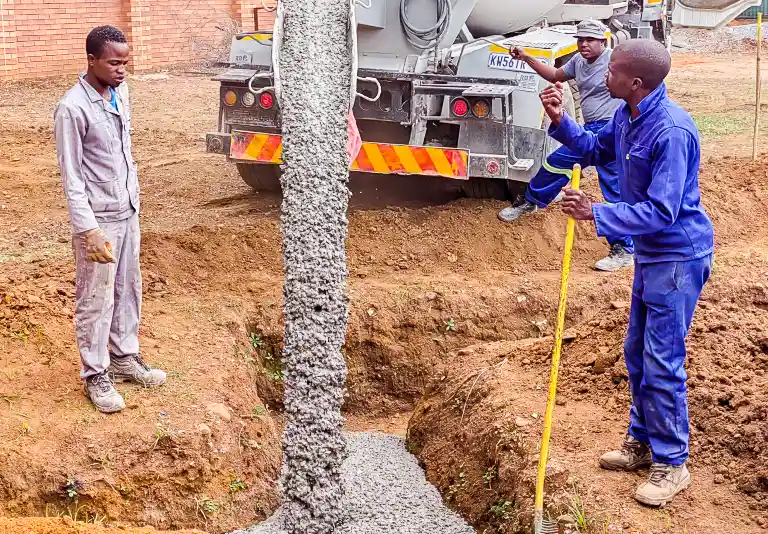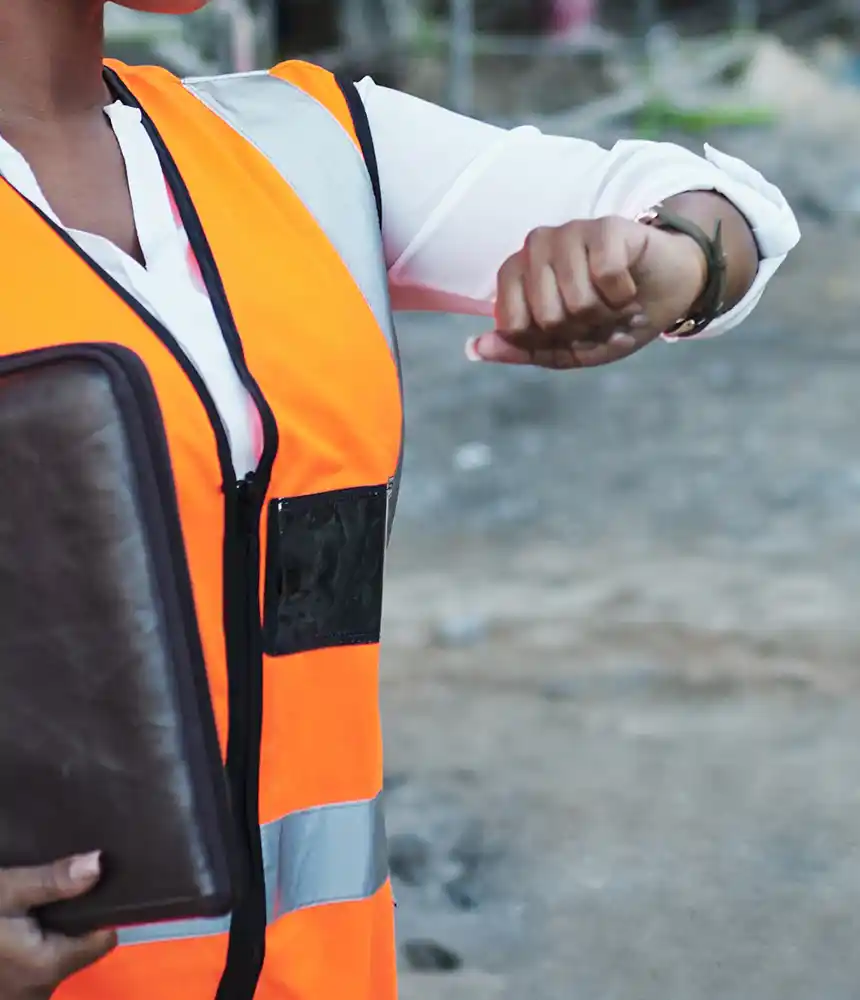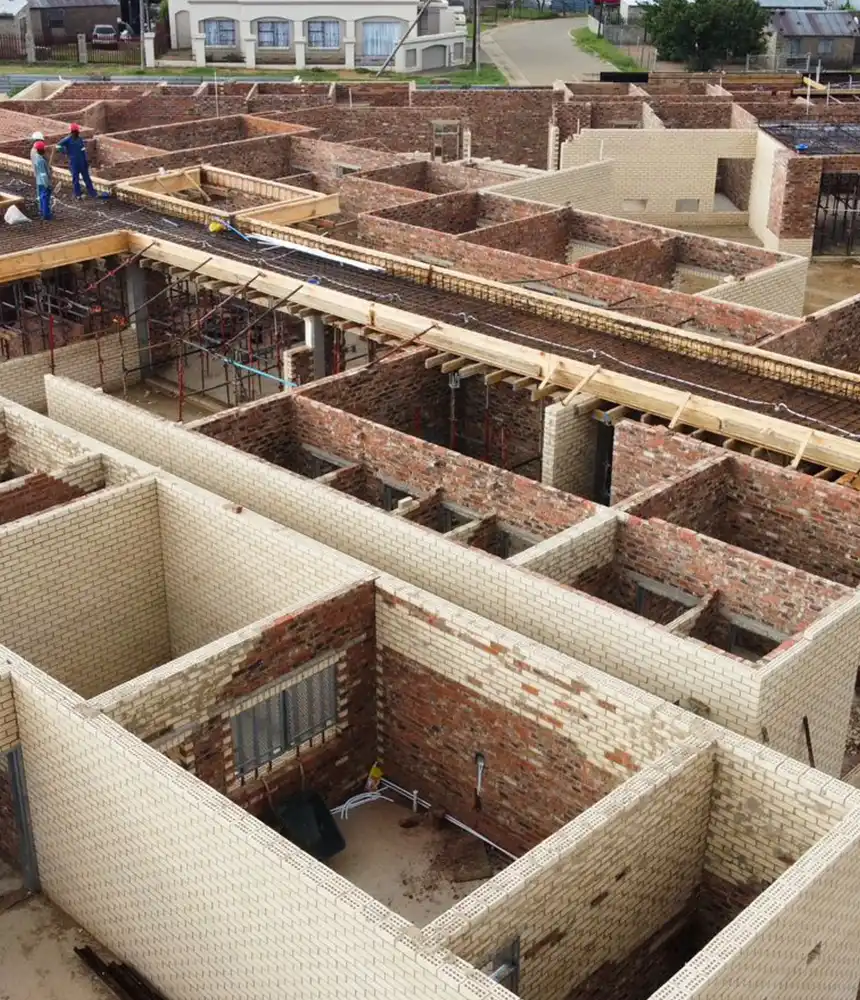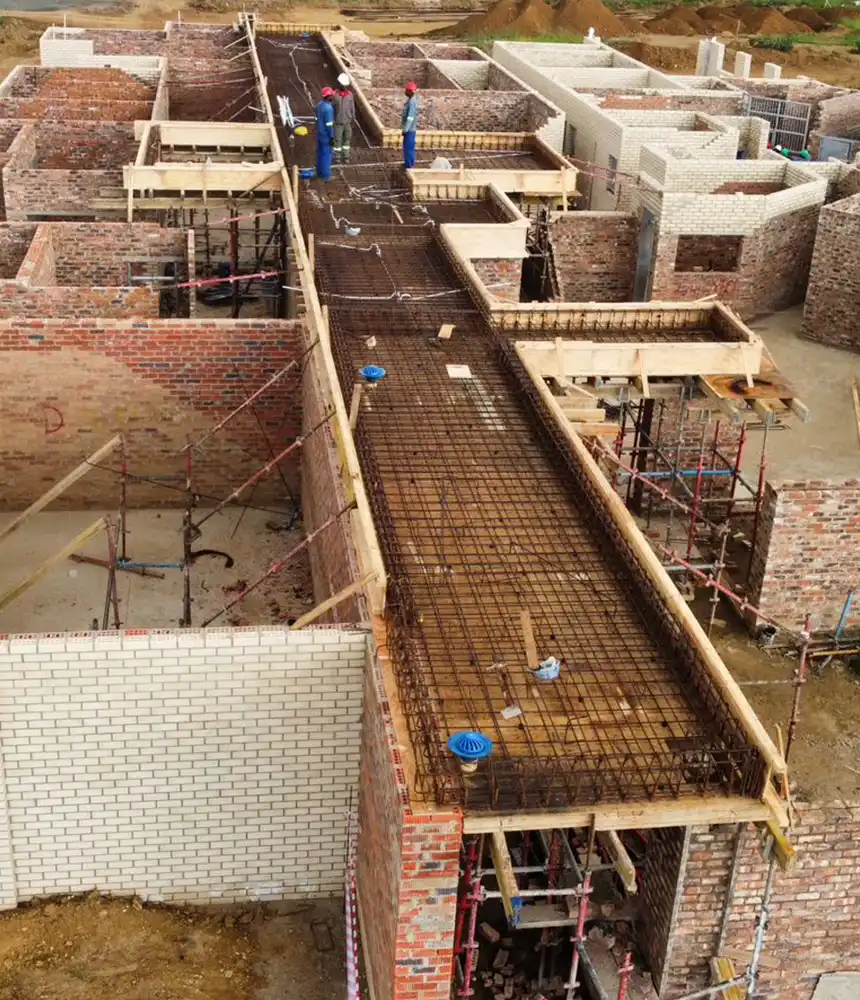Building the Future
How Technology is Transforming the Construction Industry
The crucial work of civil engineers forms the backbone of successful construction projects. Using their skills, they transform raw land into a construction-ready site while maintaining safety standards, environmental protection, and compliance with regulatory rules.

3D Printing
Incorporating 3D printing in construction offers unparalleled benefits. With the ability to create intricate designs, 3D printing minimises waste, accelerates construction processes, and potentially reduces costs. This technology allows projects to be completed with heightened efficiency, accuracy and sustainability.

Wearable Technology
Wearable technology has emerged as a game-changer for safety in construction. Smart helmets, wearable sensors, vests, and glasses facilitate better communication among workers while monitoring their health and identifying potential hazards. The integration of wearable technology enhances safety protocols, fostering secure work environments and reducing accidents.


Drones
Unmanned aerial vehicles, or drones, revolutionise site surveys by capturing detailed images from above, eliminating the need for time-consuming manual measurements. Drones provide accurate site data, streamline inspections, identify defects, and support maintenance needs. They enhance project management by improving efficiency and precision.



Augmented Reality
Augmented reality (AR) overlays virtual elements onto real-world settings, enabling the visualisation of digital models within their intended environment. AR ensures accuracy in construction tasks, measurements, and quality control inspections. It facilitates alignment between digital plans and physical builds, ensuring smooth project execution and adherence to specifications.

Building Information Modelling (BIM)
Building Information Modelling (BIM) revolutionises project management in construction. By providing a digital representation of a facility’s physical and functional characteristics, BIM enhances information sharing, collaboration, and communication among project stakeholders. Teams can operate cohesively, streamlining the planning, design, and construction processes, resulting in improved efficiency and sustainability.

Robotics and Automation
Integration of robotics and automation enhances efficiency and safety on construction sites by reducing reliance on manual labour and minimising the risks associated with human error. Tasks such as bricklaying, welding, and materials handling can be automated, ensuring greater precision, productivity, and workforce well-being.
These advancements are transforming the way projects are executed, promoting efficiency, safety, and sustainability. As we embrace these technologies, we pave the way for a more innovative and collaborative future of construction.
